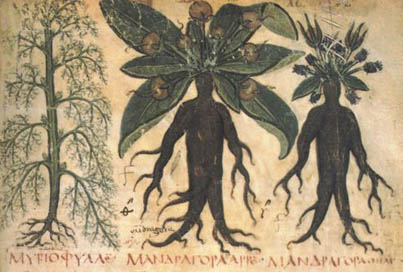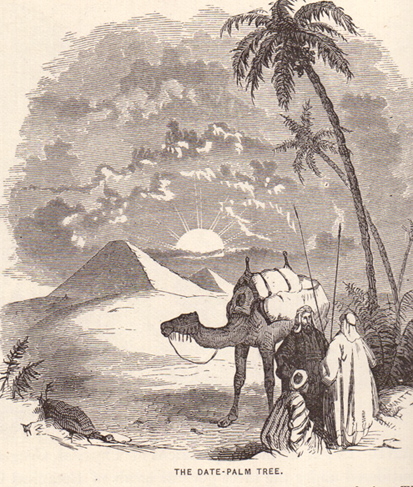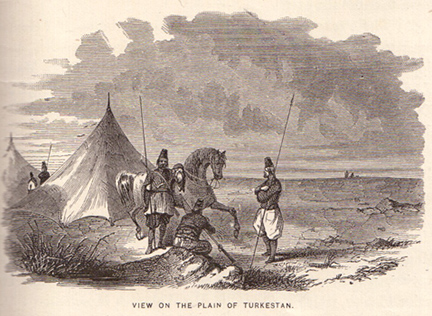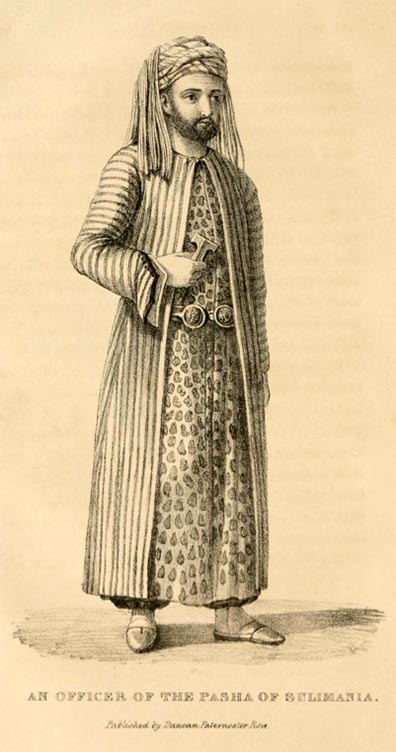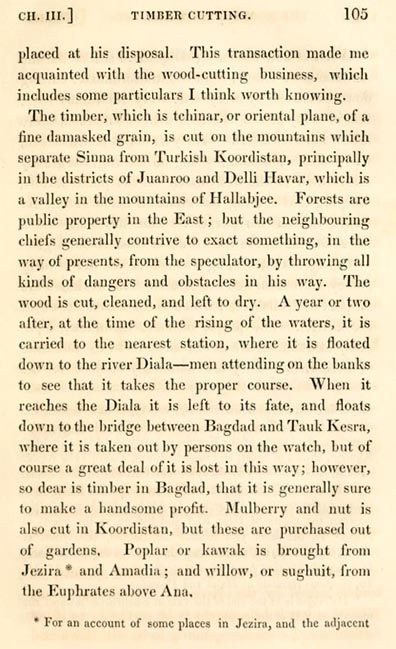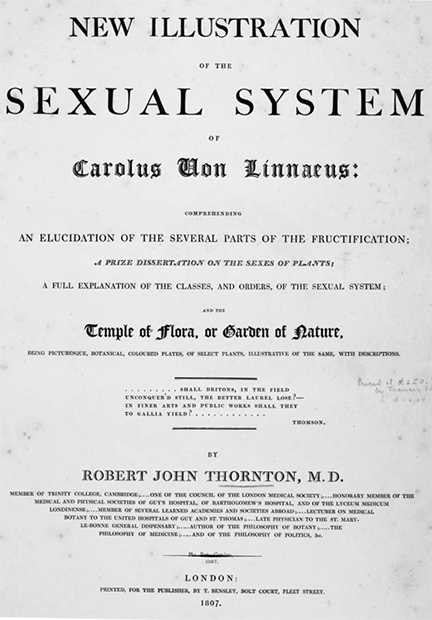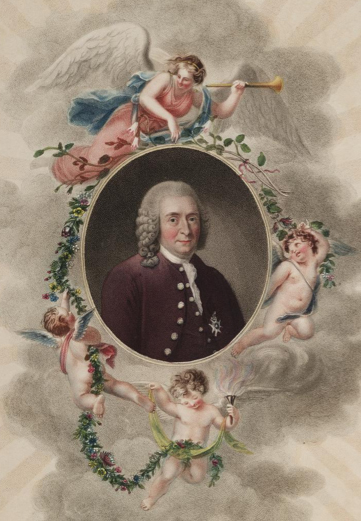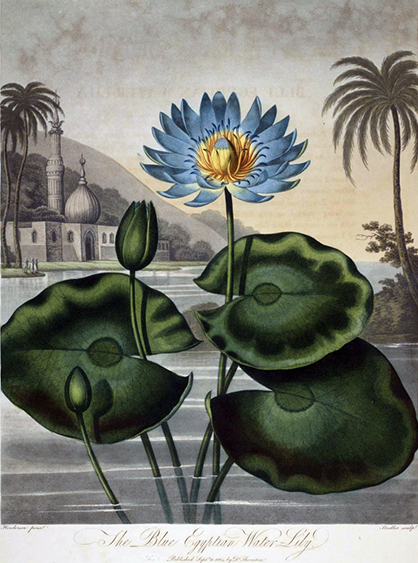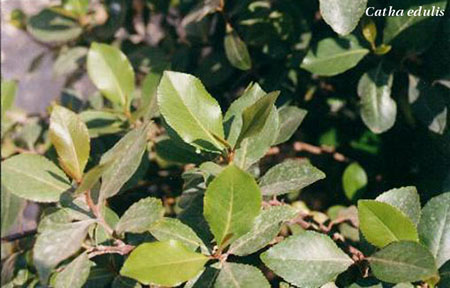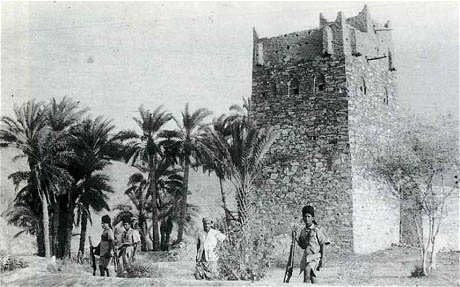
A husn or stronghold in Wadi Bayhan
The Telegraph, March 12, 2014
Nigel Groom, who has died aged 89, was an Arabist, historian, author, soldier, spy-catcher and perfume connoisseur. These pursuits saw him fend off a tribal assassination attempt in Aden, uncover a KGB spy embedded in the RAF and explain the association between frankincense and Christ’s divinity.
As a young Political Officer for the Colonial Service, Groom arrived in the British Protectorate of Aden in 1948. He was responsible for the north-eastern area, based in Bayhan, a remote emirate bordering the central Arabian Desert, and accessible only by small RAF aircraft. Two years later he took over the northern area, based in Al Dhali’, regarded at the time as a difficult, ungoverned tribal part of the Protectorate, riven by unrest fuelled by the Imam of Yemen in pursuance of his claims over the whole country.
At Christmas in 1950 the British agent for the western area of the Protectorate, Basil Seager, and his wife arrived to spend the holiday in Al Dhali’, unaware that a plot was afoot to assassinate both Seager and Groom (and their escort of Arab soldiers) at a Christmas Day lunch in a nearby village. However, while out for a walk with armed guards on Christmas Eve, Seager and his wife by chance met the chief assassin, a religious fanatic high on khat, and his party on their way to their assignment. The assassin stabbed Seager with his dagger, causing serious injury, and in the subsequent gunfight several of the escort and several assailants were killed. Groom signalled to Aden for a doctor, who arrived after a five-hour night-time journey over rough tracks, and for a substantial force of Aden Protectorate Levies, to leave early on Christmas morning to help counter a planned tribal uprising. Continue reading Nigel Groom

